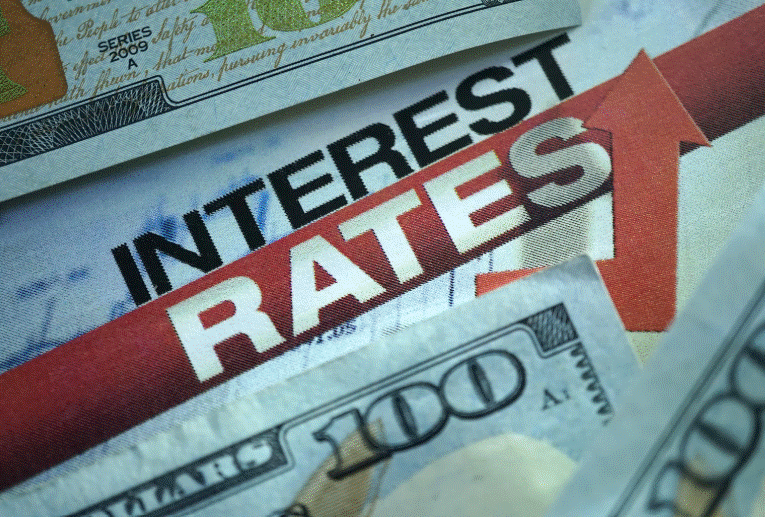An applicant for home financing starts out as a huge risk for a lender. It is the former's job to prove himself or herself to the latter. Each data point on the application; each piece of documentary evidence; and each warranty and representation must reduce that risk level from huge to acceptable. One significant way to lower your hazard assessment is to bring a lot of money to the table. For a purchase, this means the down payment; for a refinance, it means equity, or ownership percentage. Lenders are most comfortable with 20 percent or more of the home value. For those who cannot reach that threshold, there is PMI.
What Is PMI?
Private mortgage insurance, or PMI, is in essence just like other forms of surety. The insurance company agrees to cover the risk to the lender if the borrower stops making monthly payments. This is important to remember. Although the borrower pays the premiums for the insurance, the lender is the beneficiary in the event of default. Home loan underwriters are ordinarily wary when down payments or equity fall below 20 percent. PMI restores confidence that the bank or finance company will not take a hit if the monthly remittances stop flowing.
How Does PMI Work?
PMI is paid for in three ways. The first is with the monthly mortgage payment of principal and interest. PMI is escrowed along with property taxes and homeowner's insurance, accumulating each month and then paid to the insurer on the appropriate due date. Less often the full premium is paid up front at settlement. In addition, a hybrid of these two options is also sometimes available. Willingness to pay for PMI often makes the difference between a loan application being accepted or declined.
Often misunderstood among those new to property financing is the fact that PMI does not protect a home owner who defaults on a loan. The insurance company mitigates the losses born by the lender only. The borrower, on the other hand, is still subject to penalties, credit reporting and -- ultimately -- foreclosure. It can not be stressed too frequently: missing payments are not under any circumstances overlooked by the lender just because the borrower carries PMI. The insurance producer is not a party to the note or security documents executed by the borrower and recorded within the appropriate public jurisdiction.
Is PMI the Same with Both Conventional and Government-Backed Loans?
Loans guaranteed by federal agencies -- FHA, VA and USDA, for example -- generally see more cases with PMI or, simply, MI. These types of loans are easier to get since credit and income requirements are less strict than conventional loans will allow. They usually attract home buyers with modest down payments so MI is essential. Certain government loans -- i.e. backed by the government but made by privately-held lenders -- like FHA loans, require MI no matter what the down payment or equity figure. Conventional loans stop collecting for PMI when equity tops 20 percent of home value. With an FHA loan, MI is collected for the first 11 years of the home loan unless, of course, you refinance before that.
Who Chooses the PMI Company?
Almost uniformly, lenders select the PMI provider for their customers. This is because all payments are processed between the bank and the insurer (even though the borrower provides the money). Home finance businesses forge relationships with insurance companies so there is often exclusivity about PMI. Then again, if particular, borrowers can always find lenders who deal with PMI companies acceptable to them.





